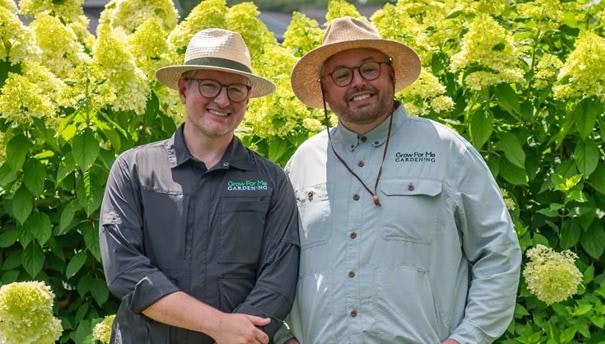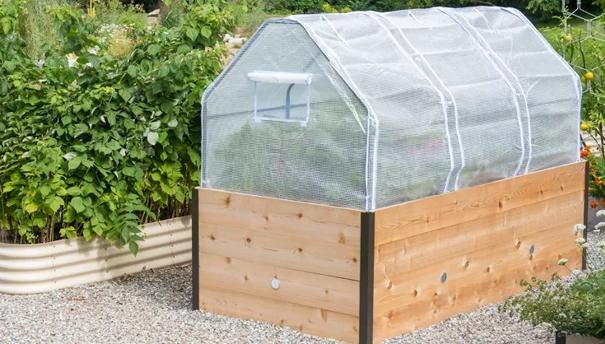Several species of wasps are parasites of garden pests; most common are ichneumon wasps, braconid wasps, and chalcid wasps. The work of these parasitic wasps is usually more visible than the insects themselves. Examples include a tomato hornworm with a packet of white rice-like pupae on its back, or a mummified aphid with a tiny hole in it where a parasitic wasp emerged.
Parasitic wasps pose no danger to humans; few species are able to sting and they do so only when mishandled. They are found throughout North America.
The ichneumon wasp parasitizes garden pests such as cutworms, corn earworm, white grubs and various caterpillars. It is the largest type of parasitic wasp and its slender body may measure 1/8?1 1/2″ long. Females have tail-like egg-laying tubes. Colors range from black to yellowish.
Braconid wasps are 1/16 - 5/16″ long, with stout bodies. They attack various species of aphids, garden webworm, tomato hornworm, armyworms, strawberry leaf roller and tent caterpillar, among others. Most braconid wasps are dark with some colored markings, but the markings can be seen only under magnification.
Chalcid wasps range from 1/64?5/16″ in length. This group includes the trichogramma wasp, which is available commercially for pest control purposes. The trichogramma wasp is an effective parasite of many moth and butterfly larvae, including cabbage worms, tomato hornworms, corn earworms, cutworms, armyworms, webworms, cabbage loopers and corn borers. There are other chalcid species that parasitize aphids and strawberry leaf rollers.
To Attract Parasitic Wasps
- Maintain a ready supply of moisture by placing a shallow birdbath or small pans of water around the garden. If you have a pond or pool in your garden, place stones to jut up above the surface of the water so adult wasps may land and drink without drowning.
- Plant a variety of flowers to ensure the adult wasps have access to a continuous supply of pollen and nectar. Preferred food sources include alyssum, cilantro and other herbs from the dill family, and composite flowers such as daisies and asters.
- Purchase a starter community of trichogramma wasps and encourage them to take up residence in your garden. Release the insects when pests are beginning to emerge.




